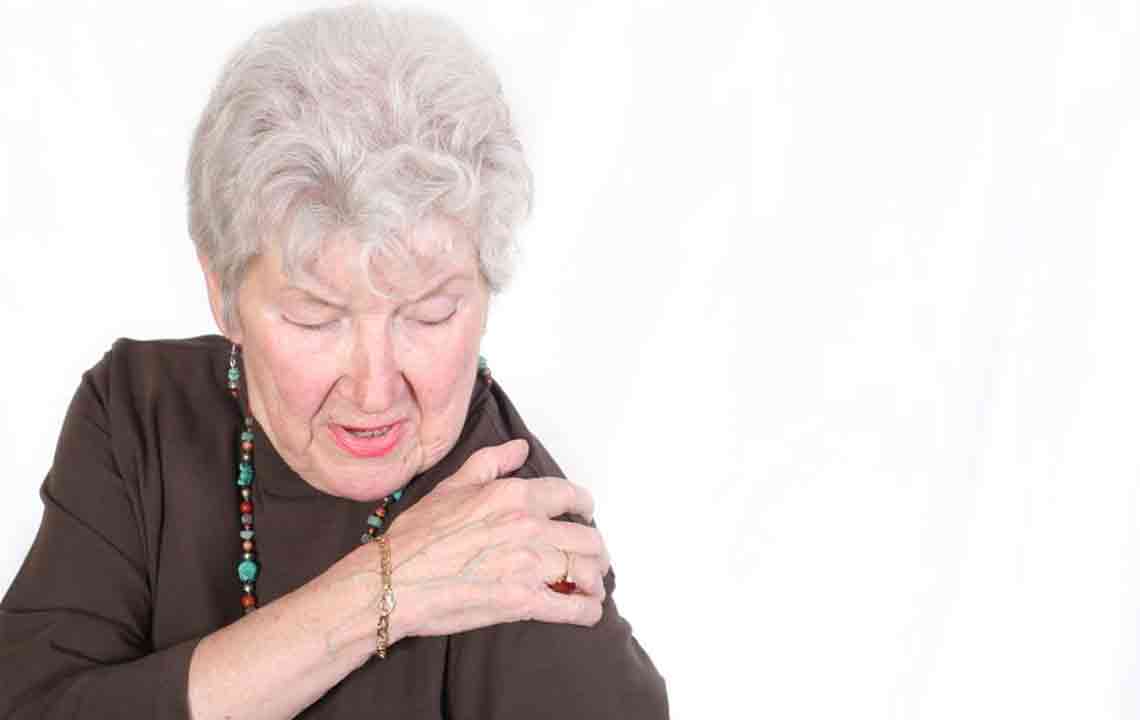Living with Fibromyalgia Foot Pain
Chronic diseases and conditions are not always easy to deal with. Such conditions can cause long-term discomfort and inconvenience that may often lead to a disruption in the usual way of life. That being said, not all such conditions imply that you will need to get accustomed to living with them. Fibromyalgia is one such chronic condition that is associated with pain, stiffness along with tenderness in the affected muscles and joints. This pain is often associated with sleeplessness, restlessness, fatigue, anxiety, and depression. While there is no complete cure for fibromyalgia, fibromyalgia foot pain can still be made a part of life, and you can live with it without too much of a hassle if you know how to manage it right.

When fibromyalgia affects your feet:
Fibromyalgia is a condition that causes severe pain, and this pain can affect any part of the body (muscles, tendons, and joints). That being said, fibromyalgia foot pain is a common complaint associated with this chronic condition. Because walking is an essential function and the feet bear all the weight of the body, the foot pain associated with this condition can be quite severe, and it is so common that there could hardly be a person with fibromyalgia who does not have foot pain.
Dealing with fibromyalgia foot pain – how to manage it?
The thing about foot pain associated with fibromyalgia is that the intensity of the pain is not affected by your sitting, standing or lying down.
The structure of your feet affects the foot pain associated with fibromyalgia to a great extent. When caring for the fibromyalgia foot pain, you will need to be a little more careful taking into consideration the weight-bearing nature of the feet. The fact to take note of here is that different types of foot structures can contribute differently to the foot pain. Those who have a high arch, for instance, will experience increased pain.
Tips to manage foot pain with fibromyalgia
- Ditch the shoes as much as you can
Even if you choose to wear the most comfortable pair of shoes, it is best recommended to keep them off your feet as much as you can. For everyday wear, have at least two pairs of comfortable shoes that you can rotate as this would help in adapting to different shoes easily. Another thing that can be quite effective in fibromyalgia foot pain is the use of orthotic inserts. You can either choose to buy them from authorized dealers or get them custom made by a foot doctor.
When you are planning to wear a pair of new shoes, try to break-in the shoe gradually. New shoes can hurt a lot for those who have the fibromyalgia pain. It is advised here to avoid wearing new shoes for an extended period.
For women, wedge sandals are not a great idea as they can aggravate pain in the toes during or post wearing them.
- Try out myofascial release techniques
It may seem quite relaxing to walk barefoot on beach sand and grass, however; it is quite painful for people with fibromyalgia foot pain. People who have a high arch or myofascial construction are particularly uncomfortable and releasing the myofascial constriction can be effective. In this case, a foot relaxer or a tennis ball can be an ideal solution. Reflexology by a trained reflexologist can also be very helpful.
- Wear the copperware compression ankle/ foot sleeves
Copper sleeves are perfect for feet. The foot or ankle sleeve gently fits over the foot, and the copper in the sleeves offer healing properties. The sleeves provide compression, and the support improves blood circulation in the area, thereby helping with pain relief. These sleeves are great for everyday wear as well as for sleeping in.
Lastly, the fibromyalgia foot pain is not similar to arthritic pain. Arthritis is a disease of joints whereas fibromyalgia is a muscle disorder. The difference between the pain associated with these conditions is that the pain associated with fibromyalgia doesn’t typically worsen over time, which is usually the case with arthritis. Also, fibromyalgia is more common in women than in men. As much as 90% of people with this condition are women. Although there is no known reason for this, it is generally believed that the hormones play a role in this regard.

